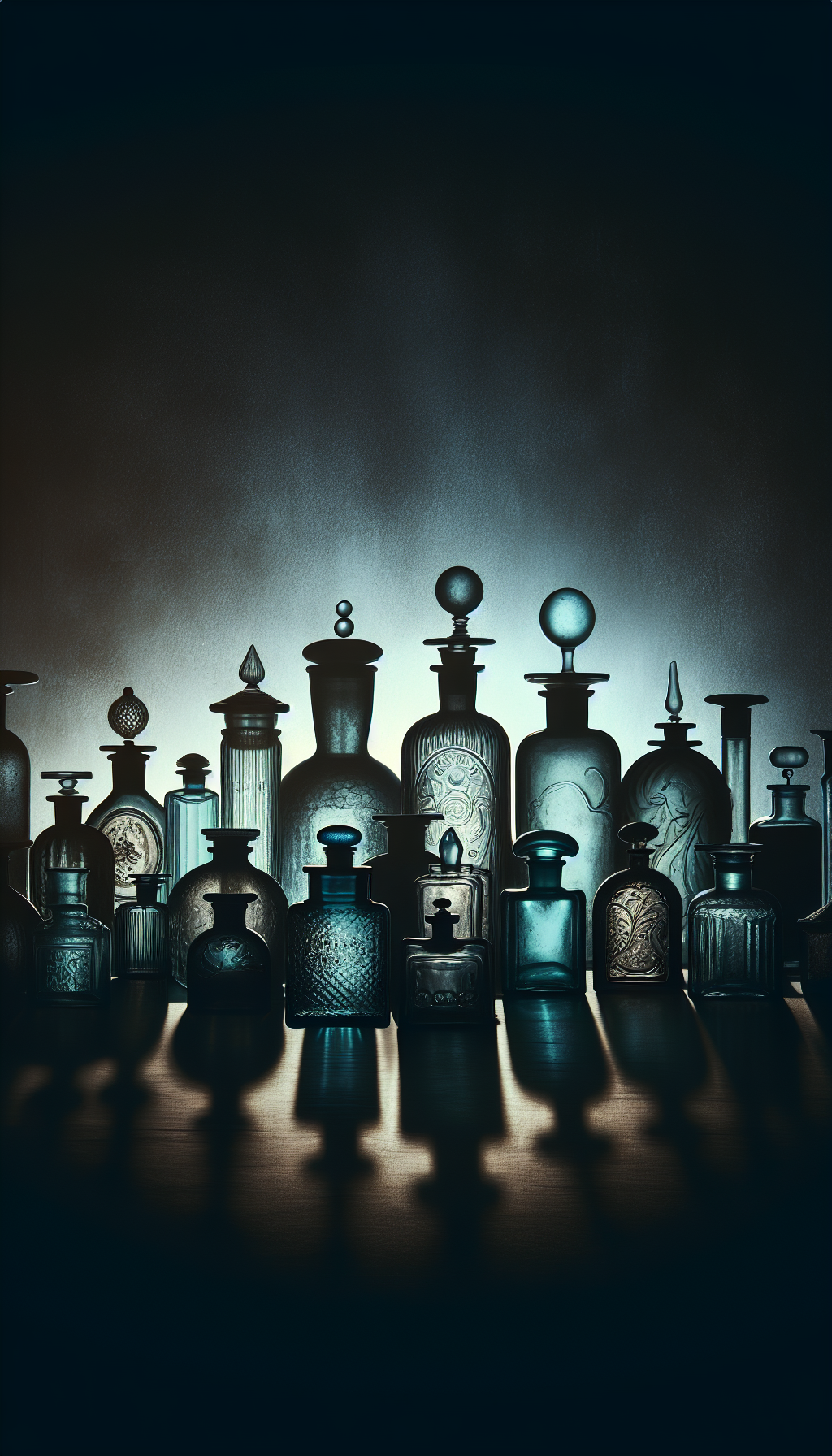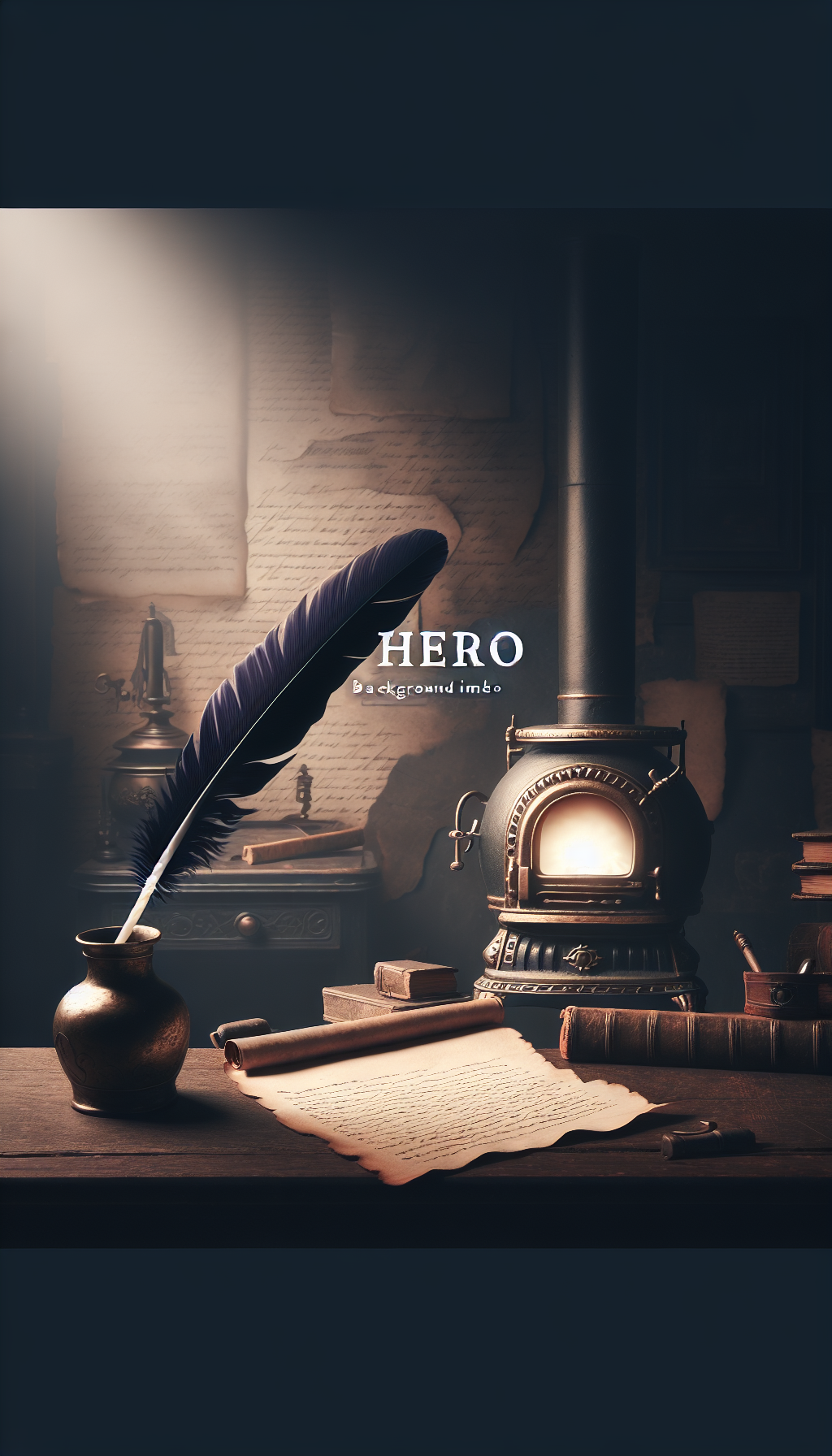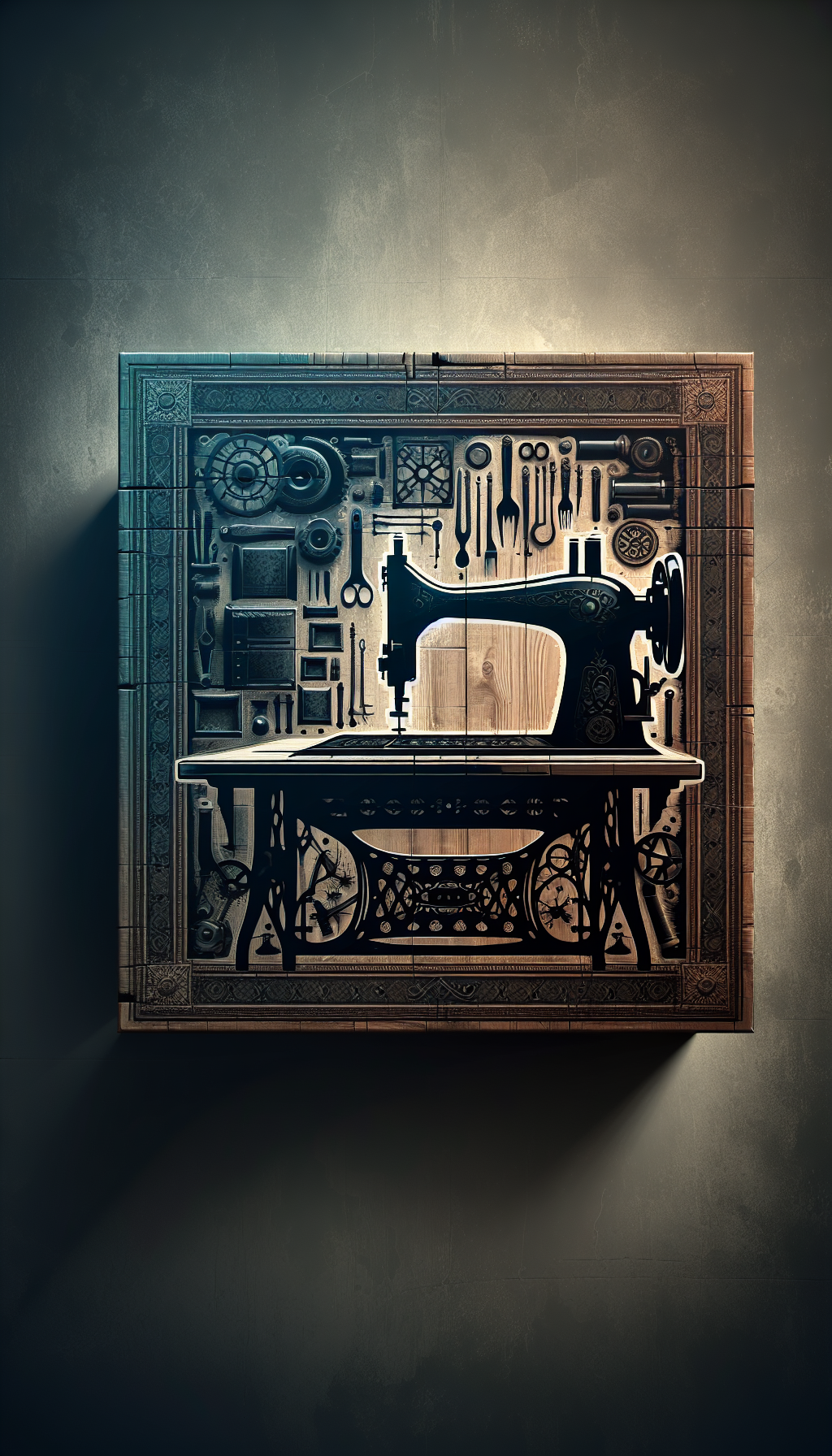Cross Of The Millennium Hart Lucite Sculpture
The Cross Of The Millennium Hart Lucite Sculpture sits at the intersection of devotional art and late-20th-century decorative design. Cast in clear acrylic (commonly called Lucite), it was created for the turn of the millennium—when many makers issued commemorative pieces marking 1999–2001. For collectors and appraisers, this object presents a compelling case study: modern materials, giftware distribution, and a market that rewards pristine condition and documented provenance.
Below is a structured guide to help you identify, assess, and value a Hart “Cross of the Millennium” lucite sculpture confidently.
What It Is and Why It Matters
- Object type: A sculptural cross rendered in clear acrylic (Lucite/PMMA), typically display-sized for desktops, mantels, or altar niches.
- Maker attribution: Hart—variously encountered as “Hart,” “HART,” or a stylized logo—associated with commemorative and giftware sculptures in lucite during the late 1990s and early 2000s.
- Occasion: Issued to commemorate the Christian millennium (circa 1999–2001), often marketed through gift shops, church bookstores, and general collectible channels.
- Appeal: Combines modern clarity and light-play of acrylic with traditional Christian iconography. Its millennium theme makes it a dated commemoration; many collectors seek complete, documented examples from this narrow window.
While strictly “modern” rather than antique, the sculpture already benefits from a generation of secondary-market turnover. Scarcer variants and well-preserved pieces with paperwork have separated themselves from common, unmarked acrylic crosses.
Materials, Construction, and Identifying Features
Understanding how lucite sculptures are made will help you read the clues:
- Material: Cast polymethyl methacrylate (PMMA). “Lucite” is a trade name often used generically for clear acrylic. Quality pieces exhibit high optical clarity, depth, and a cold, glass-like tactility but are lighter than glass.
- Form and scale: Commonly encountered examples are roughly 8–12 inches tall, sometimes (but not always) mounted on an integral or separate clear acrylic plinth. Variants include:
- A freestanding cross with polished edges and a beveled profile.
- A cross motif suspended or carved within a rectangular clear block.
- Textured or frosted interior carving (sandblasted or laser-etched) against a glossy exterior.
- Finish details: Better-quality examples have flame-polished or machine-polished edges. The face planes should appear optically flat, with minimal polishing “swirls.”
- Markings: Look for one or more of the following:
- Incised or laser-etched “Hart,” “HART,” or a stylized Hart logo.
- Title etching or printing such as “Cross of the Millennium.”
- A copyright date near 1999 or 2000.
- A foil label on the base or underside felt pad with maker name.
- Occasionally, a serial number, edition notation, or COA (Certificate of Authenticity) that repeats the title, date, and maker name.
- Packaging: Giftware distribution means original packaging may include a fitted foam insert, presentation or gift box (often neutral or dark-colored), and a printed card. Boxes and inserts vary by retailer and production batch.
Tip: Because many unbranded acrylic crosses exist, the presence of a Hart mark, original title card, or labeled box adds significant confidence to the attribution.
Variants, Editions, and What Collectors Look For
Within this category, expect variability. The following factors often matter to buyers and appraisers:
- Edition and documentation:
- Limited or numbered runs—when present—enhance desirability. Not all Hart millennium crosses are numbered.
- A COA or printed insert with the title and maker is a meaningful value add.
- Design variants:
- Clear-polished vs. frosted interiors: Frosted or etched interiors that create a visual “floating” cross tend to photograph and display well.
- With or without a separate base: A separate plinth can increase the overall profile and presence.
- Engraved texts, scripture excerpts, or “2000/millennium” notations can anchor the piece in its commemorative context.
- Size and weight:
- Taller, more substantial examples generally attract higher prices, provided condition is excellent.
- Distribution history:
- Pieces known to have come from church gift shops or reputable galleries—with receipts—present stronger provenance.
Given the breadth of acrylic religious decor from this era, the strongest performing examples are those with:
- A clearly applied Hart mark.
- Millennium-specific titling and date.
- Original packaging/COA.
- Superior clarity and no yellowing.
Condition: What to Examine and How to Care For It
Acrylic rewards careful storage and punishes careless cleaning. Condition is the primary value driver.
What to look for:
- Yellowing and haze: UV exposure can slowly warm the tone of lower-grade acrylics, and even higher-grade acrylic can exhibit surface haze from micro-scratches. Compare interior clarity to edge clarity.
- Crazing and stress cracks: Often appear at sharp corners, drilled holes, or at the junction with a base. Look under raking light.
- Scratches and abrasions: Flat faces reveal hairlines quickly. Inspect at multiple angles; move a point light source slowly across the surface.
- Chip-outs at corners/edges: Especially vulnerable if the piece toppled.
- Clouding from incompatible cleaners: Alcohol, acetone, and ammonia-based cleaners can damage acrylic. Repairing chemically “burned” surfaces is difficult and often not fully reversible.
- Manufacturing inclusions: Small bubbles, faint swirl lines within the acrylic mass, or color shifts in the core can be present from casting; these are less harmful than post-production damage but still affect premium pricing.
- Base integrity: If adhered, check for bloom or residue from failed adhesives. Felt pads may hide abrasions or replacement bases.
Care dos and don’ts:
- Do dust with a clean, soft microfiber cloth. If needed, wash with lukewarm water and a drop of mild dish soap; blot dry with microfiber.
- Don’t use alcohol, acetone, ammonia, or glass cleaners.
- Do display away from direct sun and strong heat sources; extended UV exposure accelerates yellowing and can create internal stresses.
- Don’t use cyanoacrylate (super glue) for repairs; it causes white bloom on acrylic. Specialty acrylic adhesives and mechanical supports are preferable, but repairs still affect value.
- For polishing: Specialized plastic polishes and ultra-fine abrasives can reduce light scuffs. Practice on inconspicuous areas and stop if optical distortion appears.
A professionally polished surface can restore some clarity, but aggressive polishing risks changing edge geometry and diminishing crispness—an immediate red flag to advanced collectors.
Market Performance and Valuation Factors
As a commemorative acrylic sculpture with religious subject matter, the Cross of the Millennium by Hart occupies a niche market that values presentation and proof.
General observations from the secondary market:
- Modestly sized, unboxed, lightly worn examples typically trade at accessible levels.
- Clean, documented, boxed examples with strong markings command noticeably higher prices.
- The spread between asking prices and realized prices can be wide; condition and photography quality materially affect outcomes in online sales.
Value drivers (ranked roughly by impact):
- Condition and clarity (no yellowing, no crazing, minimal scratches).
- Confirmed Hart attribution (etched mark, labeled base, or documented COA).
- Completeness (original box, insert, and undamaged packaging).
- Scale and design variant (taller, more sculptural forms generally do better).
- Market timing and venue (religious art fairs, specialty auction sessions, and curated online listings typically outperform generalist venues).
Indicative pricing bands can vary by region and recent supply. As a broad guideline for well-attributed examples in very good to excellent condition with some documentation, appraisers often see outcomes in the low-to-mid hundreds. Pieces lacking marks, presenting haze or scratches, or missing packaging tend to fall below that. Exceptional, large, pristine, fully documented examples can exceed typical ranges when the right buyer is engaged.
Always triangulate with at least three recent, comparable sales that match variant, size, and condition before setting estimates.
Authentication, Misattributions, and Red Flags
Because many acrylic crosses exist, mislabeling is common. Use these checks:
- Maker’s mark: An incised or laser-etched “Hart” is the most efficient confirmation. Absence of a mark isn’t automatically disqualifying but warrants caution and lower pricing unless offset by paperwork.
- Title and date: “Cross of the Millennium” titling and a circa-2000 date strongly support the identification.
- Construction quality: Crisp edges, uniform polish, and optical clarity distinguish purpose-made commemoratives from generic decor.
- Packaging/paperwork: A COA or original insert referencing both the title and Hart name is highly persuasive.
- Overclaims: Be skeptical of “hand-blown,” “crystal,” or “glass” descriptions—this object is acrylic. Also avoid accepting “limited edition” claims without edition numbers or documentation.
- Fresh tool marks: If corners and faces look recently re-polished while the mark is faint or missing, question whether restoration is masking damage or if the piece is misattributed.
When in doubt, compare details—mark location, font, etching style, and dimensions—across multiple known examples.
Practical Appraisal Checklist
- Identify and document:
- Locate and photograph any “Hart” mark, title, date, or labels.
- Measure height, width, depth, and weigh the piece if feasible.
- Note variant (freestanding cross, block with cross motif, base/no base; clear vs. frosted interior).
- Assess condition:
- Inspect under raking light for scratches, crazing, and chips.
- Check for yellowing or internal haze compared to protected areas.
- Examine base and corners for stress cracks and repairs.
- Verify completeness:
- Look for original box, foam/presentation case, and COA or printed insert.
- Record any mismatches (replacement base or missing felt).
- Research comparables:
- Gather at least three recent sales with matching variant, size, and condition.
- Note differences in documentation and packaging.
- Value and advise:
- Assign a conservative range weighted to condition and completeness.
- Recommend proper cleaning only if safe; otherwise, leave as-is.
- For sales, suggest clear, well-lit photography showing edges, mark, and paperwork.
FAQ
Q: Is “Lucite” different from acrylic? A: Lucite is a brand name often used generically for clear acrylic (PMMA). In this context, “lucite sculpture” and “acrylic sculpture” are functionally the same.
Q: How can I tell if my cross is really by Hart? A: Start with the mark—look for an etched or incised “Hart” or logo, ideally accompanied by “Cross of the Millennium” titling and a date near 1999–2000. Original packaging or a COA referencing Hart is strong corroboration.
Q: My piece has light scratches. Should I polish it? A: Minor surface scuffs can sometimes be reduced with plastic-specific polishes and microfiber. Avoid household glass cleaners or alcohol. If you’re unsure, leave it; over-polishing reduces value by rounding edges or creating optical distortion.
Q: What hurts value the most? A: Yellowing, crazing, and chips are the most damaging. Missing marks or documentation reduces confidence and price. Repairs with super glue cause white bloom and are a serious detractor.
Q: Does original packaging make a big difference? A: Yes. For modern commemoratives, complete packaging and a COA can materially increase value by confirming attribution and reassuring buyers about storage history.
By focusing on attribution, condition, and completeness—and by comparing to recent, closely matched sales—you can assign realistic estimates and present the Cross Of The Millennium Hart Lucite Sculpture with professional confidence.



